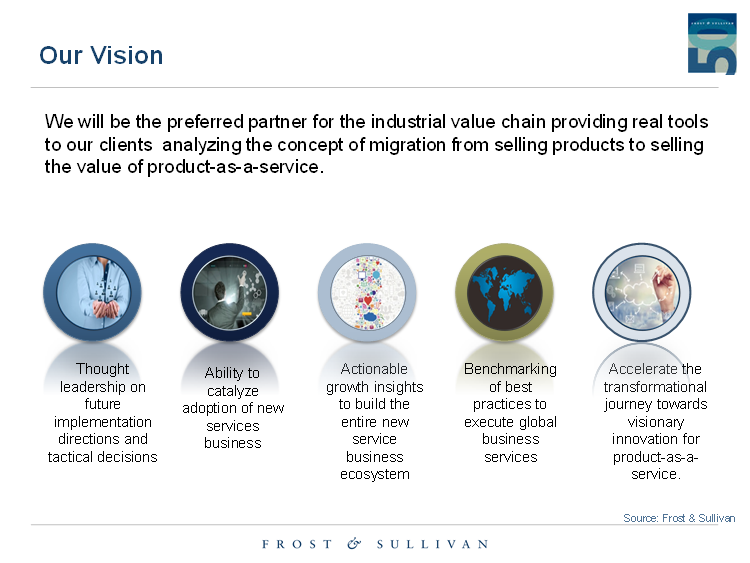Understanding the Future Context of Services 2.0
 In the era that we live now, customer expectations change according to business propositions. Contrary to previous belief, the term disruption at present indicates challenging the assumptions to deliver new value to customers and generate new revenue streams beyond the constraints of an existing operating model.
In the era that we live now, customer expectations change according to business propositions. Contrary to previous belief, the term disruption at present indicates challenging the assumptions to deliver new value to customers and generate new revenue streams beyond the constraints of an existing operating model.
It is not a secret today that the profitability coming from hardware alone is a challenge. Most of the companies in the IoT industry will not be purely hardware companies. With IoT driving new business models, advanced services is arguably a game-changer. Industries and markets are transforming digitally. There is a need to new services design to be more flexible to constant change.
More than 70% of Fortune 500 companies have plans to offer their product as a service by 2020, following the trend for increased services. The value from a service-based business is expected to come from the need of monetizing the decision making and intelligence that can be extracted from the data produced by a platform centric business model that effectively integrates field devices, software analytics, data, algorithms, and cloud, driving industry transformation and reinventing the value proposition. Moreover, one must understand the convergence aspect and redefine the existing business proposition. The emergence of advanced ICT technologies has been promoting new inter-relationships and interdependencies, giving way to new business collaborations and partnerships in the future.
There is a need for time and adaptation across verticals to digest a new service platform centric business model. Some companies are adopting a “wait and see” approach for service-based models expecting to replicate successful companies. The future is rosy for advanced service-based business models.
Winners in the industry will be those organizations capable enough to innovate rapidly under a solution platform. Companies should adopt a robust data strategy. They should also aim to operate their business models through open partnerships with software analytics taking full advantage of advanced analytics. New revenue streams can be generated through these synergies.
To know more about Frost & Sullivan’s research and to sign up for our Growth Strategy Dialogue, a complimentary one-hour interactive session with Frost & Sullivan’s thought leaders, please click HERE.

Program Overview
Frost & Sullivan’s Services 2.0 Practice focuses on the future of services helping companies analyze the concept of migration from selling products to the value of selling product as a service and build a profit revenue generation model. The value at stake in understanding these long term perspectives is significant to set a new direction for the industries.
The overarching mission of the Services 2.0 program is to capture new business growth opportunities supporting the business service transformation initiative, identifying the capabilities and partnerships required for success, and designing the business model to effectively build the new service business ecosystem.
The output of the Services 2.0 platform is a series of visionary market studies, strategic reports, growth consulting projects, and interactive workshops.
Who We Are?
The team is structured to track markets with a dedicated team of analysts who are industry experts in various domains:
- General purpose Test
- Communication Test
- Sensors
- Analytical Instrumentation
- Mechanical Test
- Semiconductors
- Automatic Identification & Data Capture
- Automation
- Process Pumps, Valves, Compressors
- Electric Drives
- Fluid
- Power
- Mechanical power transmission
- Welding

How can Frost & Sullivan help?

Frost & Sullivan’s Services 2.0 team can support your organization on each of the following areas:
-
New Business Models
Leverage a proven research approach to reinvent existing business models by understanding and examining best practices, organizational KPIs, operating models, and pricing models that are affecting the industry propelling the need for advanced services in your organization.
-
Finding the Technology and New Services Business Design
Build strategies to leverage the infrastructure, digital capabilities and a new service platform understanding which technology and resource investments can enable the new business model capabilities.
-
Create the Market
Examine the future digital supply chain strategy and potential partnerships to consider to offer a differentiated customer service experience and develop a new portfolio of capabilities to help companies interact with their customers in a more personalized way.
Demand Generation – assess and determine key customers to target with a new set of capabilities under a new service delivery transforming the value provided to customers with new revenue streams.

Contact:
Jaylon Brinkley
Corporate Communications – North America
P: (210) 247.2481
F: (210) 348.1003
E: [email protected]



